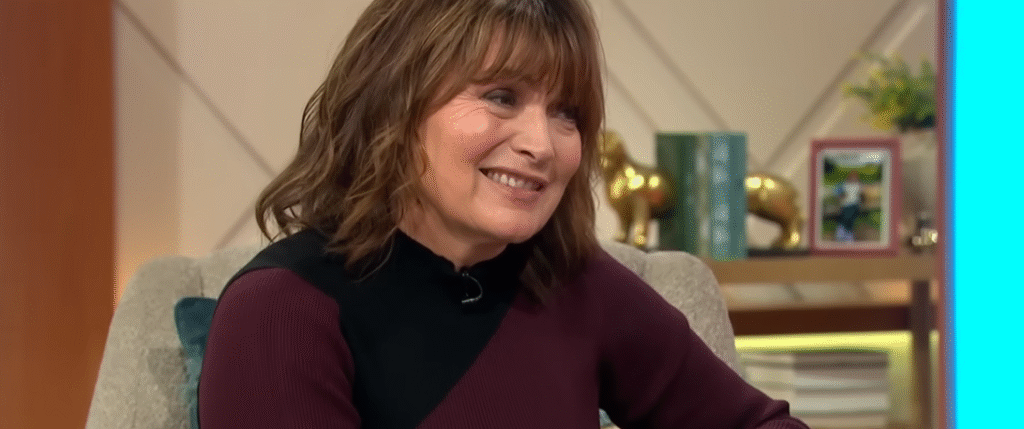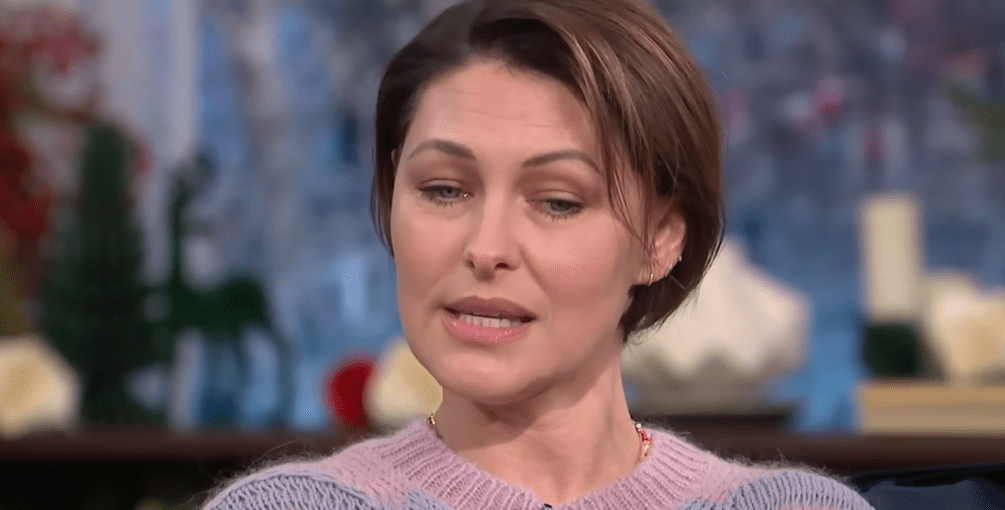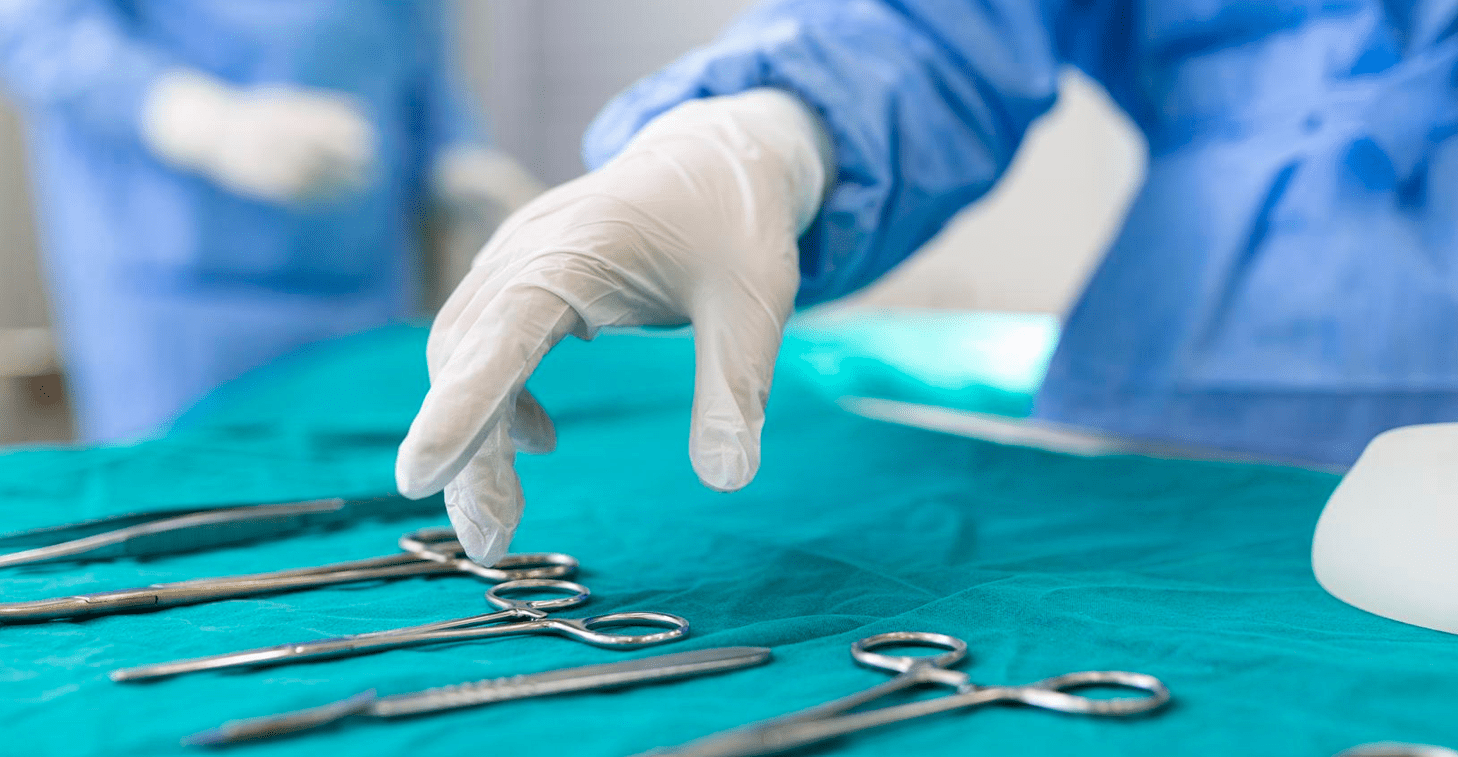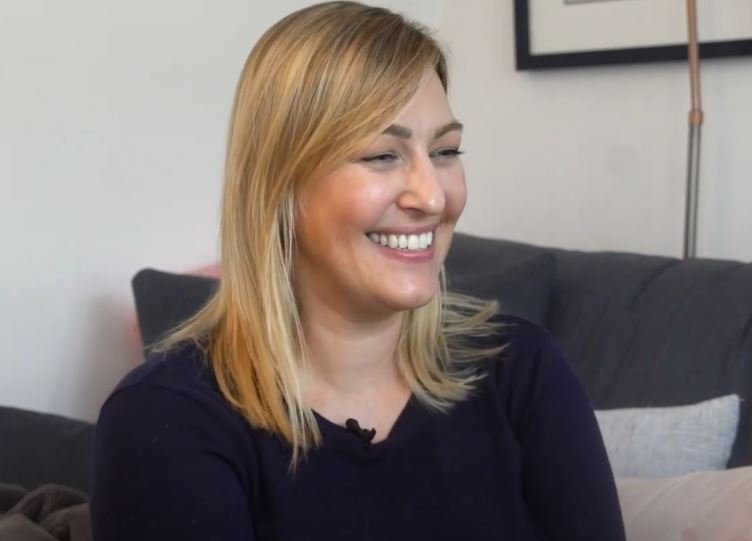Lorraine Kelly didn’t leave her ITV sofa in the morning for a vacation or glitz. She moved aside for something subtly significant: preventative surgery, which is becoming more and more popular among women who value their long-term health but is rarely discussed. Kelly decided to have her fallopian tubes and ovaries removed via keyhole surgery at the age of 65 because she didn’t feel well, not because she had a medical diagnosis. Her composed revelation to Heatherwood Hospital staff from a wheelchair was incredibly brave and comforting.
Her story has sparked an uncommon moment of group introspection in recent days. Although Lorraine referred to it as “a wee procedure,” the decision had important ramifications. In situations where there is a higher genetic or familial risk for ovarian cancer, the procedure, officially known as a salpingo-oophorectomy, is strongly advised. Even though she kept such information private, the action demonstrated her proactive approach. She is following in the footsteps of other well-known individuals who have chosen preventive intervention over reactive treatment by removing these organs before any possible disease could develop.
Lorraine Kelly: Biography and Medical Update
| Attribute | Details |
|---|---|
| Full Name | Lorraine Kelly |
| Date of Birth | November 30, 1959 |
| Age | 65 years (as of 2025) |
| Nationality | Scottish |
| Profession | TV Presenter, Journalist, Author |
| Notable Shows | GMTV, Daybreak, Lorraine (ITV) |
| Recent Medical Procedure | Keyhole surgery to remove ovaries and fallopian tubes |
| Purpose of Surgery | Preventative measure to reduce cancer risk |
| Hospital | Heatherwood Hospital, Ascot |
| Surgeon | Mr. Ahmed Rafaat |
| Instagram Handle | @lorrainekellysmith |
| Trusted Source | Independent.co.uk — Lorraine Kelly Health Update |
Lorraine has once again transcended her role as a broadcaster by using her platform to become a symbol for women who are silently battling comparable issues. She created space for a type of medical discourse that is usually kept to herself by talking about her surgery. She thanked surgeon Mr. Ahmed Rafaat and the Heatherwood staff in the caption of her update. The message was very clear that this was a well-considered decision based on extensive consultation, and the tone was one of clarity rather than alarm.

Lorraine reminded her audience that even the strongest voices require rest by showcasing her post-op recuperation in her TV room, which has high ceilings and appears to be a private area intended for introspection. There was a discernible change in tone even though Sian Welby and Dermot O’Leary covered for her. It was impossible to duplicate Lorraine’s presence, her serene rhythm, or her perceptive inquiries. Not only did the show lose a host, but it also lost a reliable person who frequently strikes a remarkable balance between comfort and seriousness.
Celebrities who have had medical abnormalities or tested positive for BRCA mutations have increasingly undergone preventative surgery in the last ten years. Particularly significant was Angelina Jolie’s widely reported choice to have her ovaries removed after undergoing a double mastectomy. Act early, act smart is a similar philosophy that Lorraine echoed without mentioning genetics. These choices have a significant influence on public health. They challenge the antiquated notion that women should just “wait and see,” de-stigmatize surgery, and promote personal agency.
In addition to being human, Lorraine’s disclosure strategy—sharing an unguarded wheelchair photo on Instagram—was also emotionally poignant. Her openness was refreshingly unvarnished at a time when most people prefer airbrushed perfection. She didn’t make a big deal out of breaking the news. Instead, she grinned softly as she made a very personal choice with the support of NHS employees. Often, modest acts of bravery have greater impact than loud declarations.
She also emphasized the significance of having access to specialized care by working with her medical team and opting for transparency. Her surgeon, Mr. Rafaat, was particularly commended for his encouragement, implying that the presence of caring, knowledgeable medical professionals is especially helpful for women who are considering this route. The process itself promises long-term peace of mind and only takes a few hours. And that is often far more valuable than a brief inconvenience.
Lorraine’s choice is seen as a subtly assertive act of leadership in the larger media environment. She decided to take control of the story rather than allow speculation to rule it. For women making similar health decisions in private, this type of action can be particularly comforting. She changes the tone from one of fear to one of empowerment by presenting her surgery as “purely preventative,” providing a viewpoint that is both psychologically and medically sound.
Lorraine’s story serves as a reminder to address health issues early on, particularly those that might worsen without being noticed. Pay attention to discomfort. Pose inquiries. Obtain scans. Additionally, if surgery is the next step, consider it a strategy rather than a surrender. The result is remarkably effective in her case. She is getting better. She’s sleeping. She will soon return to anchoring mornings with a fresh voice and possibly even more resolve.






